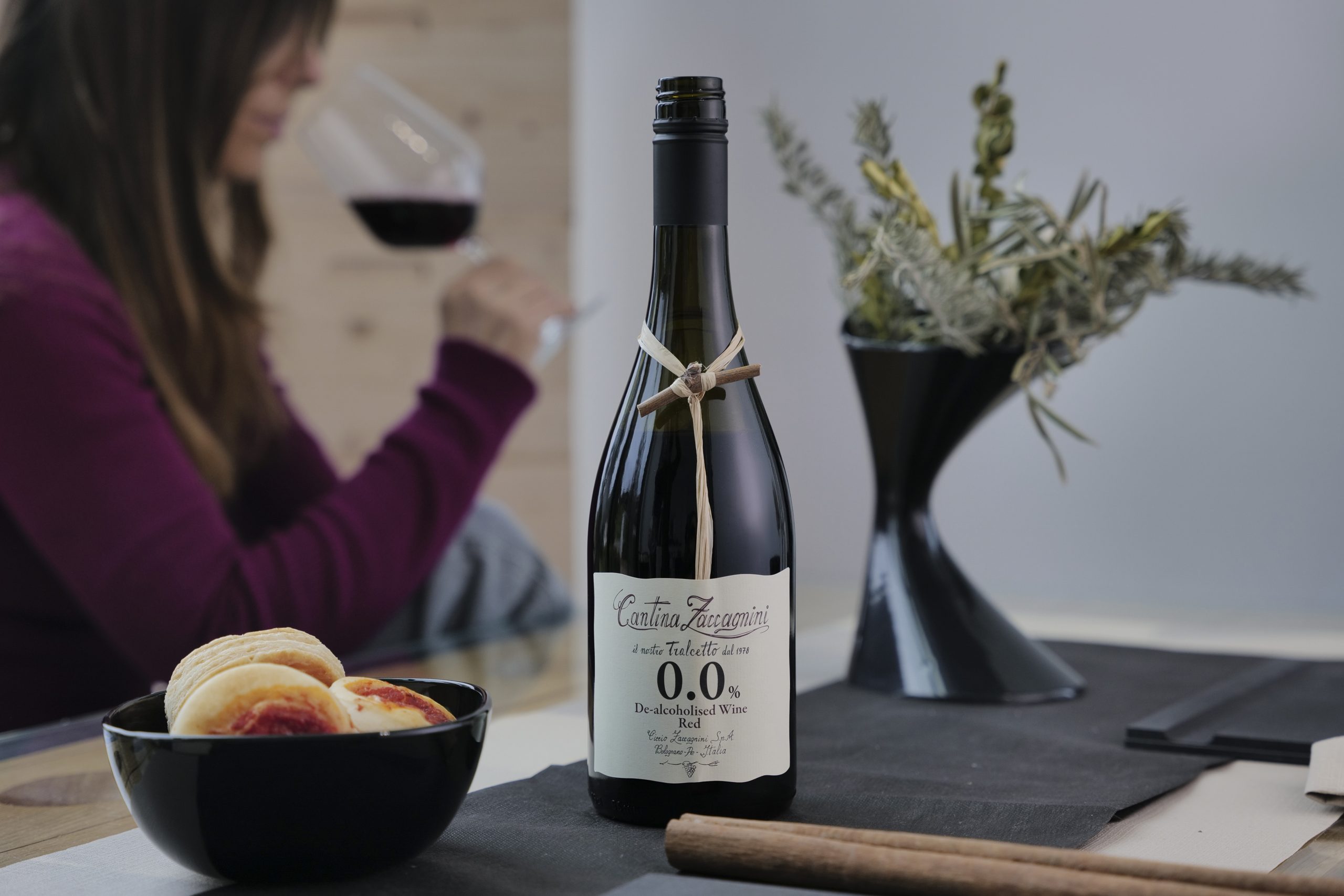Aussie fire update: No direct damage to vineyards but still areas of concern
Angus Barnes, executive officer of the New South Wales Wine Industry Association, has said that he is not aware of any direct damage to vineyards and wineries in the state, but that there are still a number of fires causing concern.
Speaking to the drinks business, Barnes noted that to the best of his knowledge, “the fires…have not directly damaged any vineyards or wineries in New South Wales”.
His comments follow the declaration of a state of emergency in parts of Australia last week after bushfires swept through the states of New South Wales and Queensland. With conditions worsening on 12 November, the Sydney, Hunter and Illawarra/Shoalhaven areas were on the highest state of alert, with the threat level raised to ‘catastrophic’.
Fires have now also broken out in South Australia, Western Australia, Victoria and Tasmania, triggering emergency warnings. Fires are therefore burning in all six states in Australia.
In Victoria, a code red warning has been issued – the highest alert level – for central and northwestern parts of the state today (21 November.)
Almost 60 fires are still raging in NSW, 29 of which are not contained, and one of which is at emergency level.
Conditions have improved somewhat in South Australia and Queensland, however firefighters are continuing to fight blazes across both states.
Tasmania was issued with a ‘severe’ level threat today, with two fires at alert level. Alerts have also been issued for central southern areas of Western Australia.
Thankfully, Barnes believes winemakers in NSW have so far evaded the blaze, however he said that there are still concerns for a number of regions, including Hastings (near Macquarie), New England and the Hunter Valley.
Rain is expected over the weekend in parts of NSW, which is hoped will help extinguish the flames and help disperse the smoke, which has caused a haze to descend over the cities of Sydney and Adelaide.
Partner Content
Barnes added that with the fires occurring some months away from the vintage (usually beginning in February), the grapes are less likely to pick up flavours of smoke taint.
“Smoke is clearly not good for grapes as they get riper and approach vintage,” he said. “There is much still to be understood about this and Australia is one of the leading countries in the world at understanding the impacts of smoke on grapes and resulting wine.”
“In some ways, we take some solace that these fires have come so early in the growing season. Similarly, we take some comfort that there have been some winds associated with the recent smoke levels and that the smoke does not merely sit in an ‘inversion layer’. We are working closely with a number of research bodies as we speak to test our developing grapes. It is too early to make any conclusions.”
Commenting on the effects of the drought, Barnes is confident that the industry will prove its resilience.
“Much work is being done in areas such as rootstock selection of vines and also the wine varieties themselves, with the growth of emerging varietals such as Vermentino and Tempranillo which are more tolerant of warm climates,” he said.
“Innovation is also happening in the vineyard itself on things like irrigation, cover crops and canopy management, such as the applications of ‘sunscreens’ on vines.”
“We are delighted with the growth in exports of Australian wines and we are also extremely happy with the quality of wines being made in NSW. The Hunter Valley, for example, has had a trilogy of excellent vintages in 2017, 2018 and 2019
Barnes did state, however that temperatures recorded in the state have been warmer than long term average and picking dates are now “days to weeks earlier” than they were “many years ago”.




